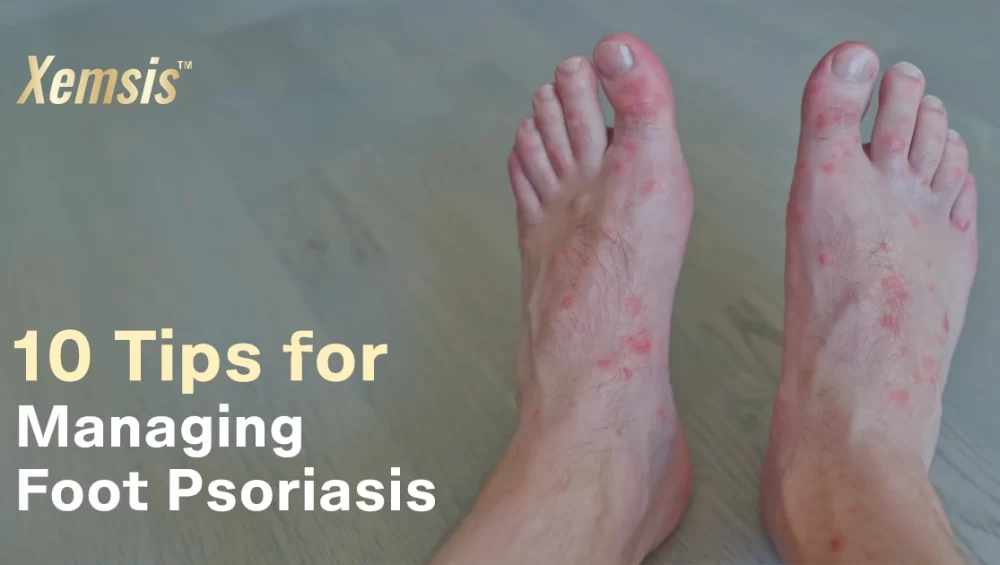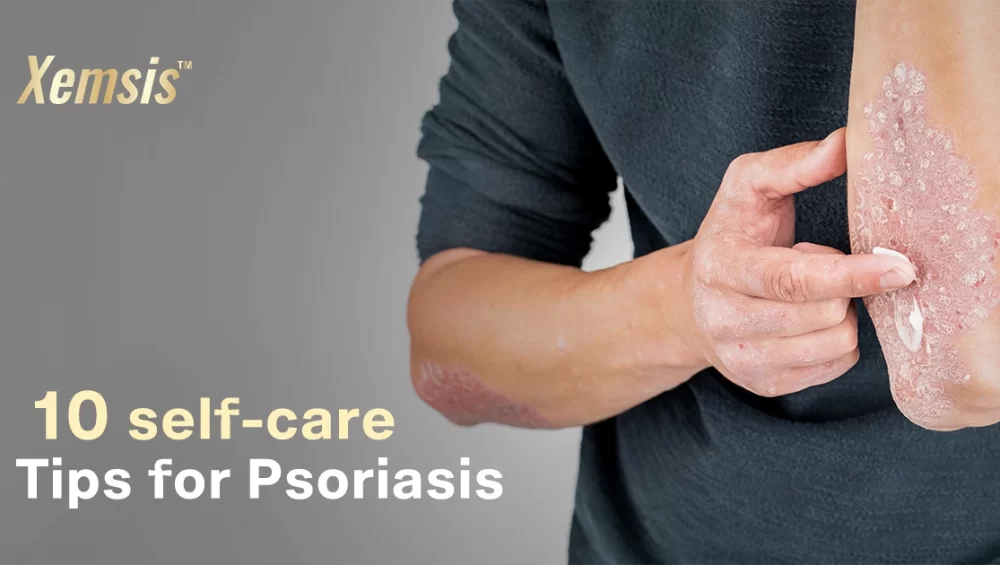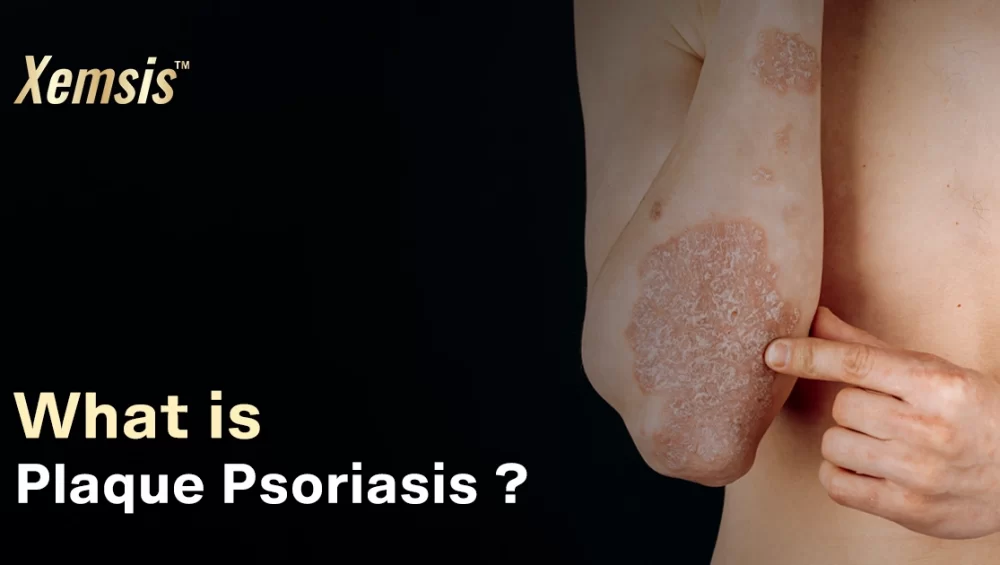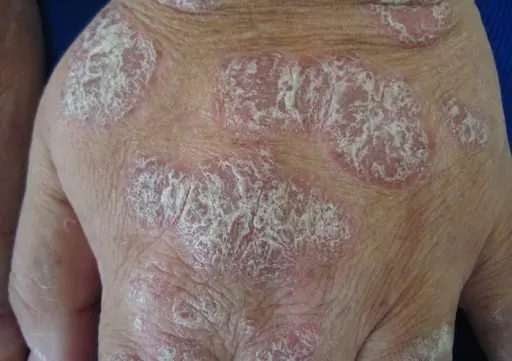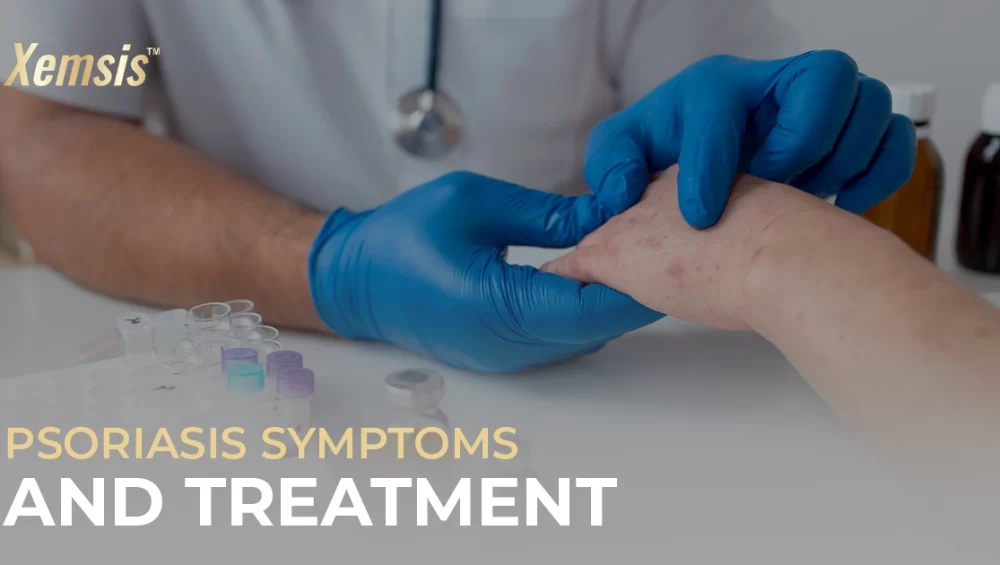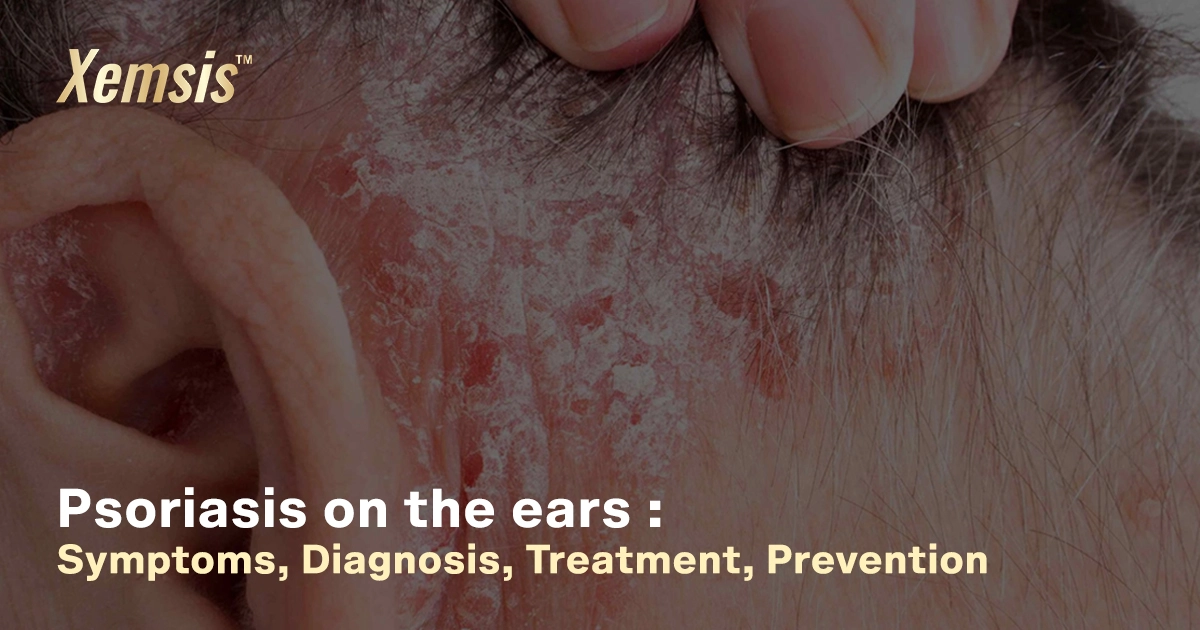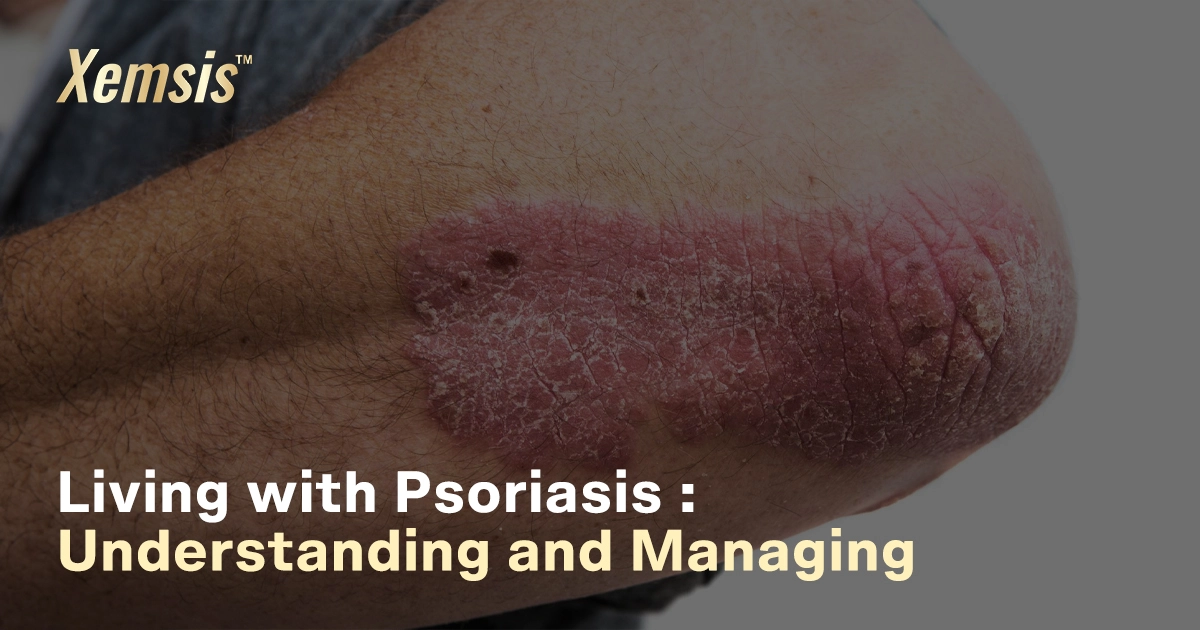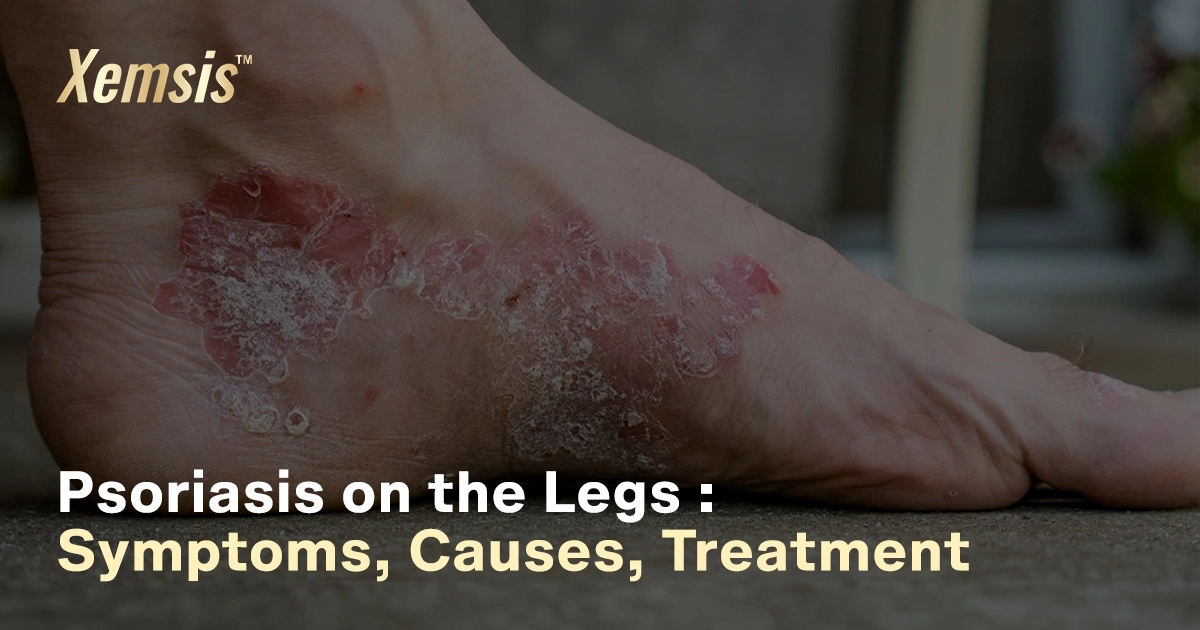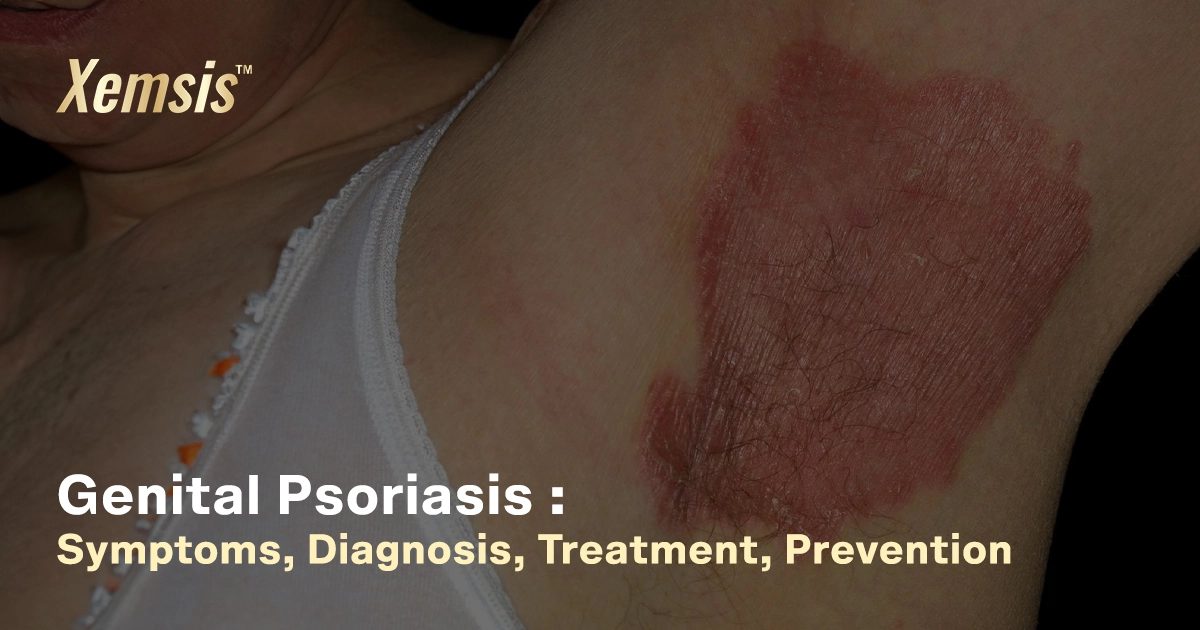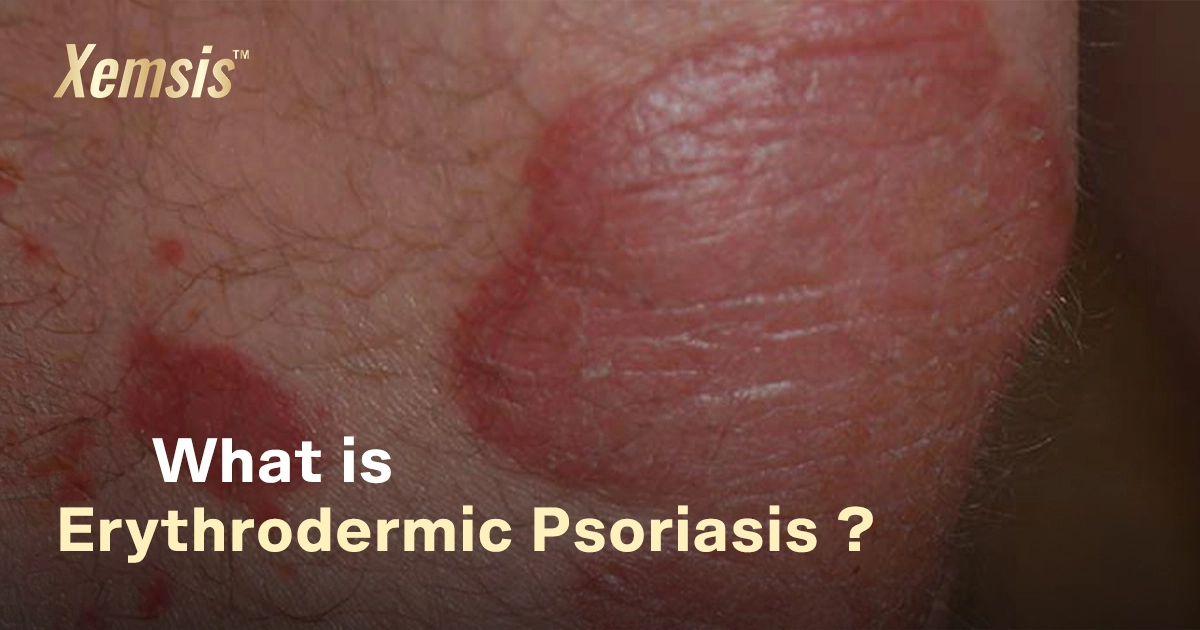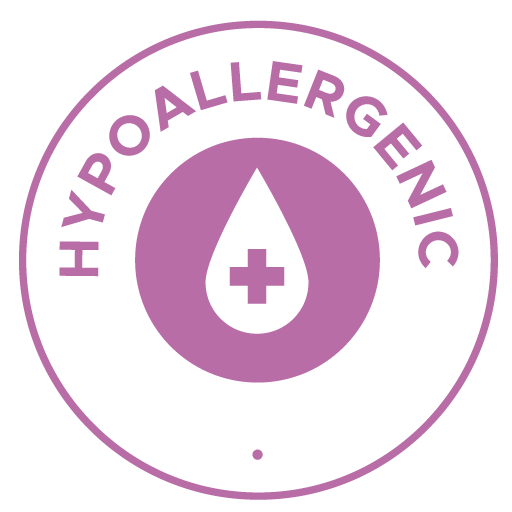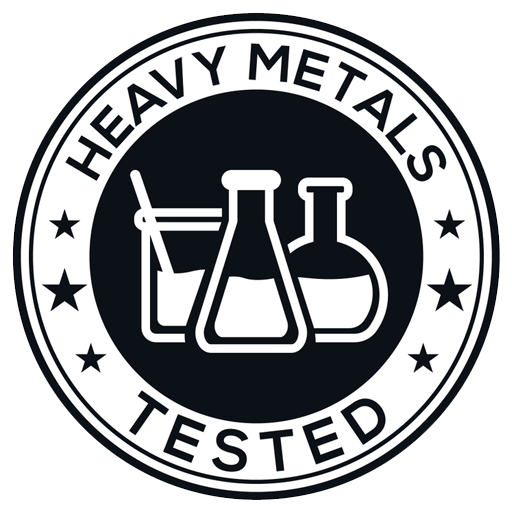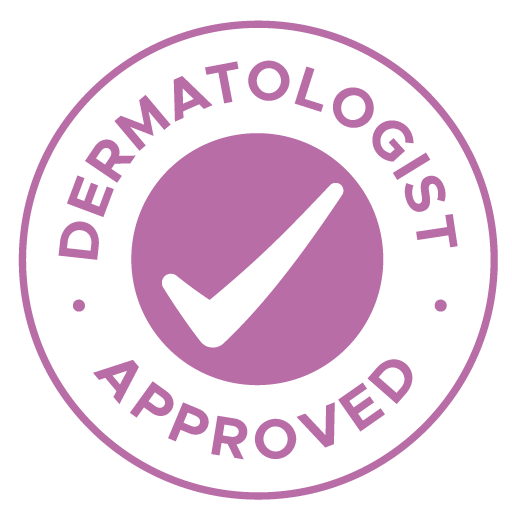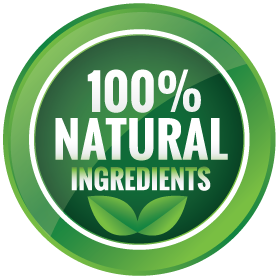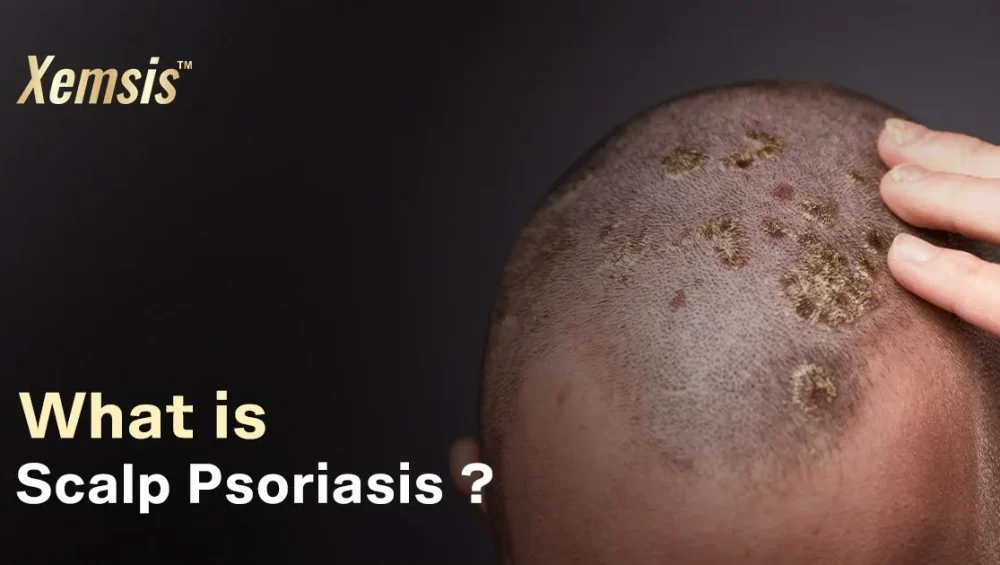 Categoriespsoriasis type
Categoriespsoriasis typeScalp Psoriasis
What is scalp psoriasis and why does it happen?
Scalp psoriasis is an irritating chronic disease caused by the autoimmune system of the body that penetrates the rapid production of skin cells that settle on the scalp as dandruff-like thick silver patches and spread further to the forehead, back of the head, and skin around the ears. This condition causes dryness, excess itching, burning sensations, and bleeding on the scalp. Though many people keep psoriasis-affected patients away from them, it is not contagious and will not spread from contact with the affected people.
What causes scalp psoriasis?
The exact cause of scalp psoriasis is not proven yet. Research says that it may be caused by improper functioning of the immune system, where normal cells get destroyed rapidly and settle as a patch on the scalp. Though many events trigger the growth of scalp psoriasis, genetics is the main reason why it transfers genetically from family members.
Other events that trigger psoriasis include:
- Exposure to the sun
- Stress
- Excess alcohol consumption
- Smoking
- Some types of infections and allergies
- Certain medications.
The symptoms of scalp psoriasis are:
- Hair loss
- Whitish scale
- Dryness
- Itching
- Burning sensation
Does scalp psoriasis cause hair loss?
Hair loss is common in people with scalp psoriasis. However, it is not caused directly by psoriasis, as there will be excessive itching and rubbing of the scalp by the patient, which triggers the scalp and hair. This hair loss is not permanent, and you will get proper growth once psoriasis is cured.
How to treat scalp psoriasis at home
- Aloe Vera: Aloe vera has excellent hair and skin healing properties. Using aloe vera creams can help with excessive itching and cure the inflammation caused by psoriasis in the scalp. Apply the cream regularly to see positive results.
- Coconut Oil: This thing can never be left out of the list of home remedies for skin and hair. Coconut oil has rich fats that help with any kind of skin and hair problem. The oil is also added to many topical psoriasis treatments, which can help soothe irritation and soften the thick patches.
- Medicated Shampoo: There are many medicated shampoos designed specially to treat scalp psoriasis. It contains many effective ingredients, like coal tar, that help reduce itching and get rid of the whitish scale caused by scalp psoriasis. However, it is recommended to use it as directed on the cover.
- Oatmeal: Oatmeal has great properties to treat dry plaques and soothe irritated skin. Mix oatmeal with water and rinse the head during the bath, ensuring the scalp gets thoroughly soaked. Follow the process regularly for a better result.
- Yogurt: Yoghurt contains probiotics and anti-inflammatory properties, which can help in treating itching and inflammation from scalp psoriasis. Apply plain, unsweetened yogurt to the scalp and rinse it in water after 30 minutes.
Results from these home remedies may differ from person to person, and it’s always best to consult a dermatologist and follow their guide.
How to cure scalp psoriasis permanently
Scalp psoriasis can’t be cured immediately and will take its own time. However, consistency in following the dermatologist’s guidance and patience are the keys to permanently overcoming this disrupting condition.
What is the best treatment for psoriasis of the scalp?
Treatments for Scalp Psoriasis:
- Phototherapy: This treatment is supervised carefully by dermatologists, who make affected areas of the patients exposed to an ultraviolet laser. This treatment is mostly preferred for scalp psoriasis, with higher success rates.
- Ointments: Dermatologists prescribe various ointments with effective ingredients of coal tar, salicylic acid, and vitamin C analogs to treat scalp psoriasis.
How Xemsis helps to cure your scalp psoriasis
Xemsis: Well researched and formulated with many natural ingredients, Xemsis is a specially designed ointment for all types of psoriasis with rich moisturizing properties and is the leading ointment prescribed by many dermatologists to protect the skin and cure scalp psoriasis.

